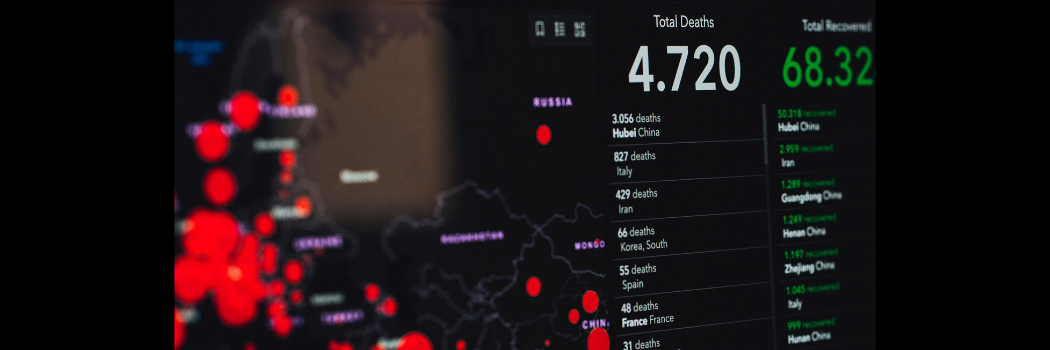
We pride ourselves on world-leading research that makes an impact and solves real-world problems. Our leading mathematicians have been pioneering complex mathematical models that have helped in the planning of tackling Covid-19.
Pioneering model for Covid-19 planning
Experts in our Mathematical Sciences department have collaborated with our leading physicists to develop a new model for simulating epidemics, known as JUNE, which was used to inform the NHS's strategic management of the COVID-19 pandemic in England.
JUNE predicts how infectious diseases spread throughout a population living in a certain geographical location.
The model takes social interactions between individuals in the population into account to simulate the spread of diseases and reflects differences in age, sex, ethnicity and socio-economic indicators. It provides a detailed outline of how a contagious disease may spread and affect contaminated people.
Census data
It uses census, household composition and workplace data of 53 million people to create a virtual population which resembles the population of England.
Data derived from surveys on the movement and daily routines of the individuals are then incorporated into the model to ensure that realistic movement patterns are reflected. Various parameters in the model control the probability that a member of the virtual population is infected if they come into contact with an infected person.
To provide predictions of how quickly COVID-19 can spread, these parameters are adjusted based on data from the actual spread of COVID-19, according to NHS-England.






